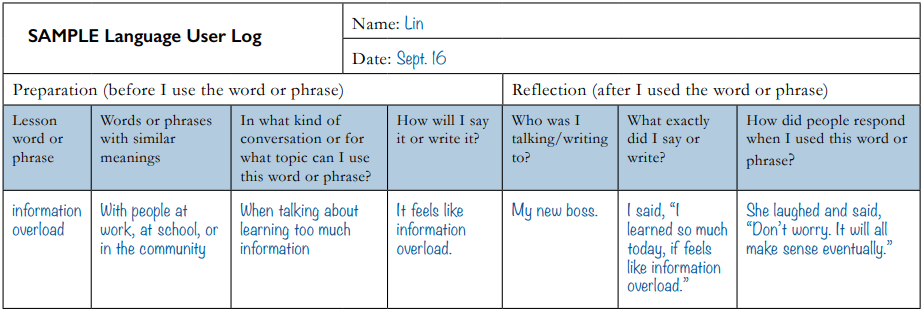Appendix 3: Strategy Coach Tips
48 Chapter 3: Strategy Coach Tips
3.1 Strategy Coach Tip
Making inferences 
I will explain the reading strategy of making inferences. Making inferences means understanding something that is not directly said by the writer of the text. People sometimes call it “reading between the lines.” This strategy is important because writers often assume that the reader has the necessary background knowledge and will not say and explain everything about the topic.
To help you infer while you are reading, follow this strategy. Think about the topic in the reading and understand the purpose. Think about what you already know about the topic. Make connections between your experience and the topic. This will help you use the facts in the text to understand and read between the lines.
Let us take this sentence from the Delivery Policy as an example: Drivers must not leave delivery vehicle engines running in the dock. Why not? The author does not give us a reason. The author thinks we know why. Let us think about the reason like this:
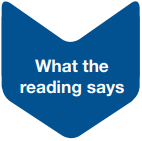 |
|
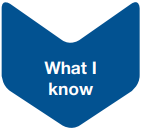 |
|
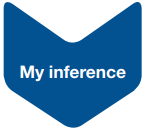 |
|
3.2 Strategy Coach Tip
Guessing new words 
We have looked at making inferences while reading a text. You can use this same strategy to also guess the meaning of a word from the context. Let us try this strategy to understand “service elevator”:
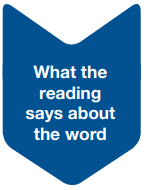 |
|
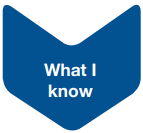 |
|
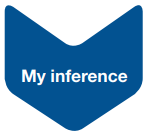 |
|
3.3 Strategy Coach Tip
Types of words and affixes 
Types of words
There are different types of words in English. Each type of word has a job, or a function. Here we will learn about two types of words: nouns and verbs.
| Type of word | Function | Example | Example sentence |
|---|---|---|---|
| Noun | Names a thing, person, place, or idea | table, man, woman, room, happiness | A man and a woman are sitting at a table. |
| Verb | Describes an action (doing) or a state (being) | go, come, sit, is (be) |
|
Affixes
When groups of letters are added to the beginning or to the end of a word, they are called affixes. There are two kinds of affixes, and each has its own function:
| Affixes | ||
| Prefix | Suffix | |
|
|
Let us look at an example from the reading text: unattended
| -un |
-attend- (to take care of) |
-ed |
| Prefix | Suffix | |
| un- means “not”
Changes the meaning of attend to “not attend” or “not take care of ” |
In this example, -ed changes the word from the verb to the adjective form |
3.4 Strategy Coach Tip
Types of word – noun, verb, and adjective 
We learned that there are different types of words in English and that each type of word has a job, or a function. We looked at nouns and verbs. Now, we will look at adjectives. Read the chart below to review nouns and verbs, and then focus on adjectives.
| Type of word | Function | Example | Example sentence |
|---|---|---|---|
| Noun | Names a thing, person, place, or idea | table, man, woman, room, happiness | A man and a woman are sitting at a table. |
| Verb | Describes an action (doing) or a state (being) | go, come, sit, is (be) |
|
| Adjective | Describes, or tells you more, about a noun | good, bad, beautiful |
|
3.5 Strategy Coach Tip
Prepositions of time 
Prepositions are very important words. They show the relationship between words in a sentence. Some examples of the relationships prepositions show are distance, position, and time. We will focus on time here. Let us look at three main prepositions of time: in, on, and at. The chart below shows how they are used:
| Preposition | Function | Example |
|---|---|---|
| in |
|
in August in 2010
in the morning, in the afternoon (refer to preposition “at” below) in the winter |
| on |
|
on Monday
on August 5, 2015 on New Year’s Day, on my birthday |
| at |
|
at 9:00, at noon, at midnight
at night |
Sometimes, you don’t use the preposition. For example, when you use the word “this,” you will say, “I met him this morning. It is incorrect to say, “I met him in this morning.”
3.6 Strategy Coach Tip
Listening for thought groups 
When people speak in sentences in English, they chunk, or group words together, in thought groups. If you listen carefully for pauses in speech, you can identify how the words are grouped together.
3.7 Strategy Coach Tip
Learning new vocabulary 
Learning a language doesn’t only happen in a classroom. One of the best ways to learn how to use new words and expressions is to log, or record, how people use these words in daily life. Try to use the new words yourself, and keep track of how you use them. The more you use the new words, the easier they will be for you to remember and understand.
There are two kinds of language logs to help you develop your vocabulary:
1. Language Observer Log: In this log, you can record where you heard or read the word or phrase. Read this sample Language Observer Log and discuss it with your instructor or classmate.

2. Language User Log: In this log, you can record how and where you used the word or phrase. You can also analyze how you used it. Read this sample Language User Log and discuss it with your instructor or classmate.
